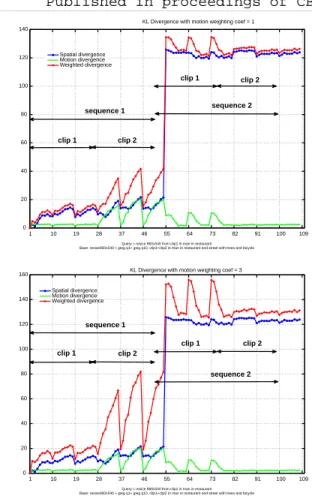Scalable spatio-temporal video indexing using sparse multiscale patches
Texte intégral
Figure
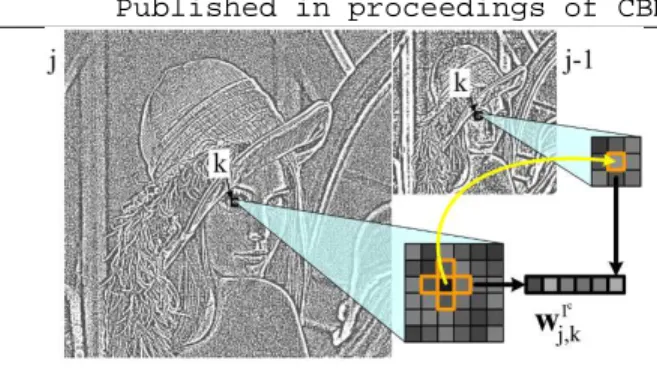
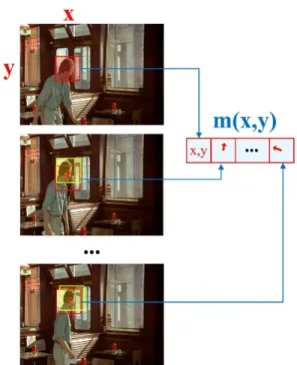
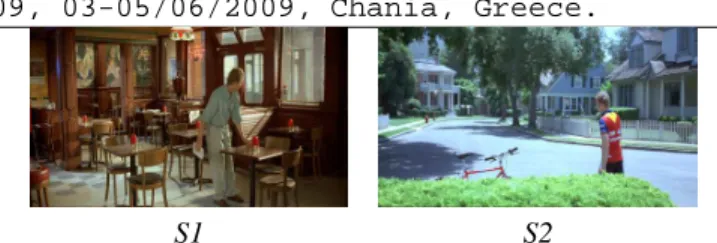
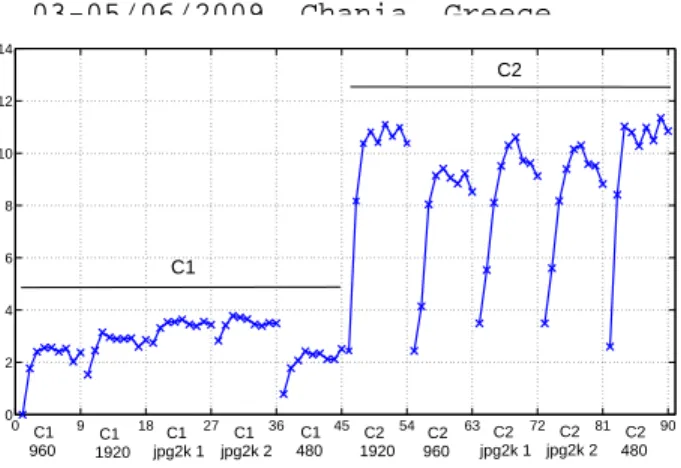
Documents relatifs
The task of segmenting the image time series is expressed as an optimization problem using the spatio-temporal graph of pixels, in which we are able to impose the constraint of
the object coverage in the initial frame for the proposed segmentation with long range motion cues (using depth order track clusters or BM [9] track clusters) com- pared to
Based on the presented model, our goal is to automatically select the cameras (fixed and mobile) that could contain relevant video content with regards to the
From top to bottom: (1) Input se- quence (with groundtruth overlaid); (2) Segmentation results from regular 3D MRFs with appearance-based observation model (544 pixels
Nica, Free random variables (CRM Monograph Series, vol. 1, American Mathematical Society, Providence, RI, 1992, ISBN 0-8218-6999-X, A noncommutative probability approach to
In such a situation, a classical approach consists in us- ing a neural network or a supervised classification as- sociated to a set of learning data corresponding to al- ready
Method ) and by transitivity a combination of instances of elements that characterize both of them, namely, type of participation (type), decision process (processKind),
One may wonder if the notion of state can be extended to handle such examples. For instance, in the FRAN frame- work [14] it is possible to express arbitrary equations on the date of
